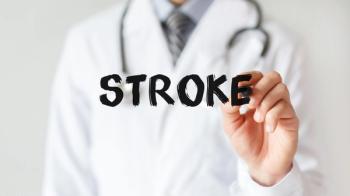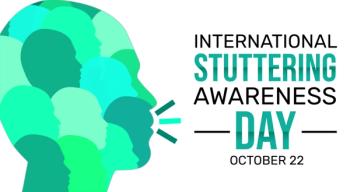
Neurological and Neuropsychiatric Complications of COVID-19
An expert discusses the effects of long COVID on the brain at the 2022 APA Annual Meeting.
CONFERENCE REPORTER
“The amount of devastation that has occurred from this infection is unparalleled by any pandemic that we have faced on this continent or any war that we have faced.”
Avindra Nath, MD, a neurologist in Bethesda, Maryland, discussed the neurological and neuropsychiatric complications of COVID-19 at the 2022 American Psychiatric Association (APA) Annual Meeting, beginning with the recent statistics related to COVID-19. To date, there have been 100 million infections and 1 million deaths in the United States alone, with 500 million infections and 50 million deaths globally.
The effects of long COVID—particularly on the brain—are also of concern. “The brain gets overlooked. But what is primary and most important at the end of any pandemic is what happens to the brain because those are the things that cause the long-term consequences,” said Nath, who is also senior investigator and clinical director in the Section of Infections of the Nervous System, Division of Neuroimmunology & Neurovirology, at the National Institute of Neurological Disorders and Stroke.
Nath explained that individuals who develop COVID-19 can be divided into 2 groups: (1) those who have very severe symptoms at the time of COVID-19 onset, but then gradually improve, and (2) those who have mild symptoms at onset or even improve for a while, but then develop new symptoms weeks or months later.
“If you look at patients acutely and they have lots of symptoms, over 3 to 5 months, many will get better, but some will not. And if they don’t get better by then, chances are they won’t,” Nath said.
Some of these symptoms that may occur in cases of long COVID—or the chronic stage of COVID-19—include exercise intolerance; mood, cognition, and sleep disorders; pain syndromes (eg, myalgia, neuropathic pain, paresthesia, headache, tinnitus); and dysautonomia (eg, palpitations, postural orthostatic tachycardia syndrome, hypotension, hypothermia, fever).
“First onset of major depressive illness, anxiety, or psychosis [with none] in the past history is directly related to this infection,” Nath added, also noting that some symptoms of long COVID overlap with symptoms of other diseases such as myalgic encephalomyelitis/chronic fatigue syndrome (ME/CFS), Gulf War illness, and post Lyme disease syndrome. “It’s quite possible that all of these are related to one another,” Nath said. “It’s just that the event that precipitated them may be somewhat different.”
In order to learn more about what happens to the brain during and following COVID-19 infection, Nath shared that he and colleagues analyzed the brains of individuals who had died of COVID-19 in MRIs. They found, in part, that perivascular fibrinogen leakage indicated vascular injury, and that platelets were activated and formed clots in small blood vessels.
Based on this and additional neurological and neuropsychiatric research, Nath suggested that future directions should include more clinical trials involving immunomodulatory agents and more research involving biomarkers for neuronal injury (NfL, pNfH, GFAP, SNAP-25), vascular injury (sICAM, VEGF, P-selectin, E-selectin, MMP-3, antibodies to ACE2), and immune activation.
In terms of treatment, “there is symptomatic treatment—but can you affect the course of the disease?” Nath said. “…I think you need to tailor the treatment to the patient you’re seeing and depending on what you think is the major underlying pathophysiological mechanism. And now we have the tools to be able to refer to that.”
Newsletter
Receive trusted psychiatric news, expert analysis, and clinical insights — subscribe today to support your practice and your patients.

















